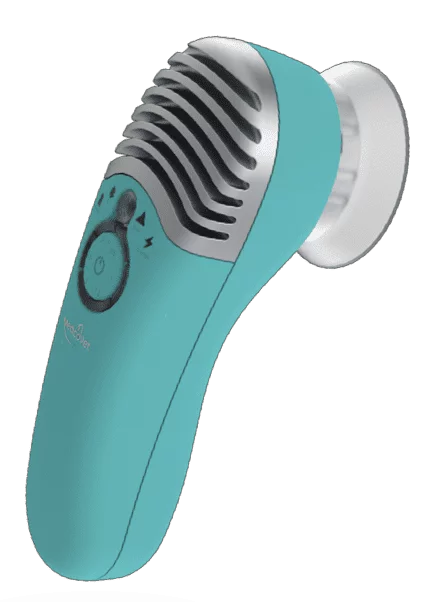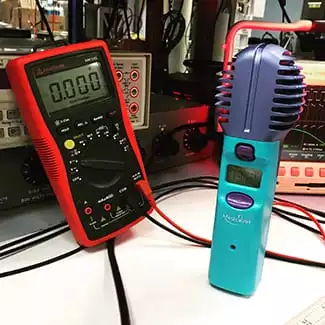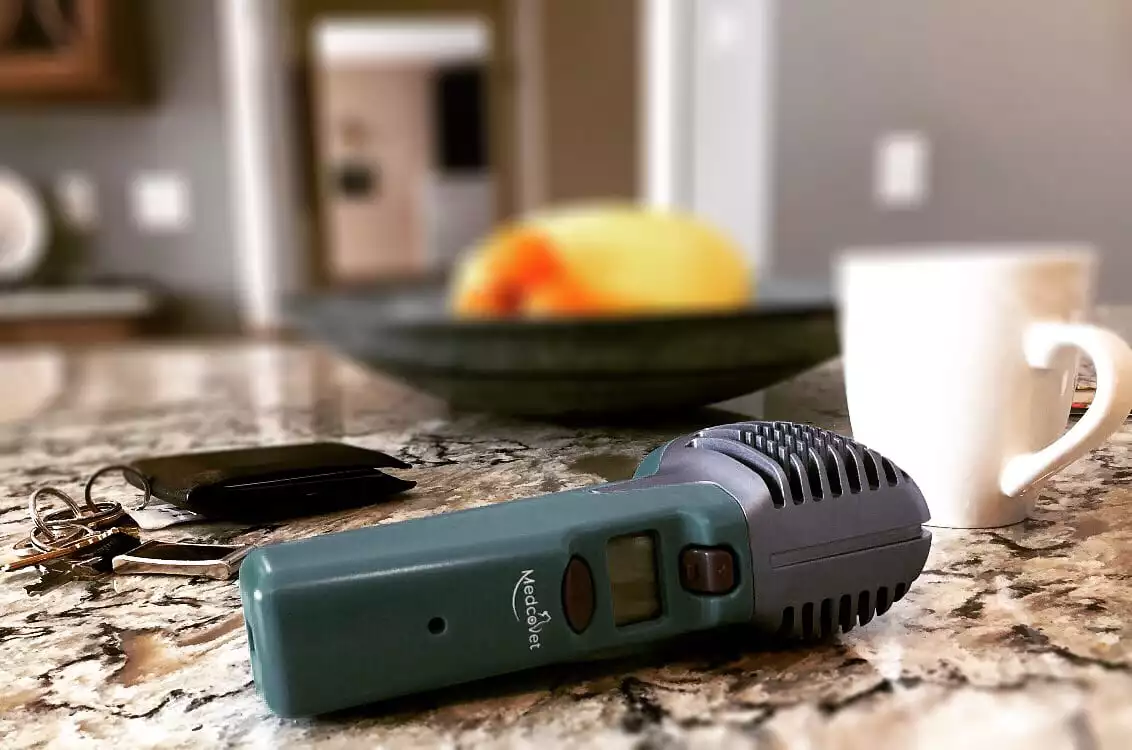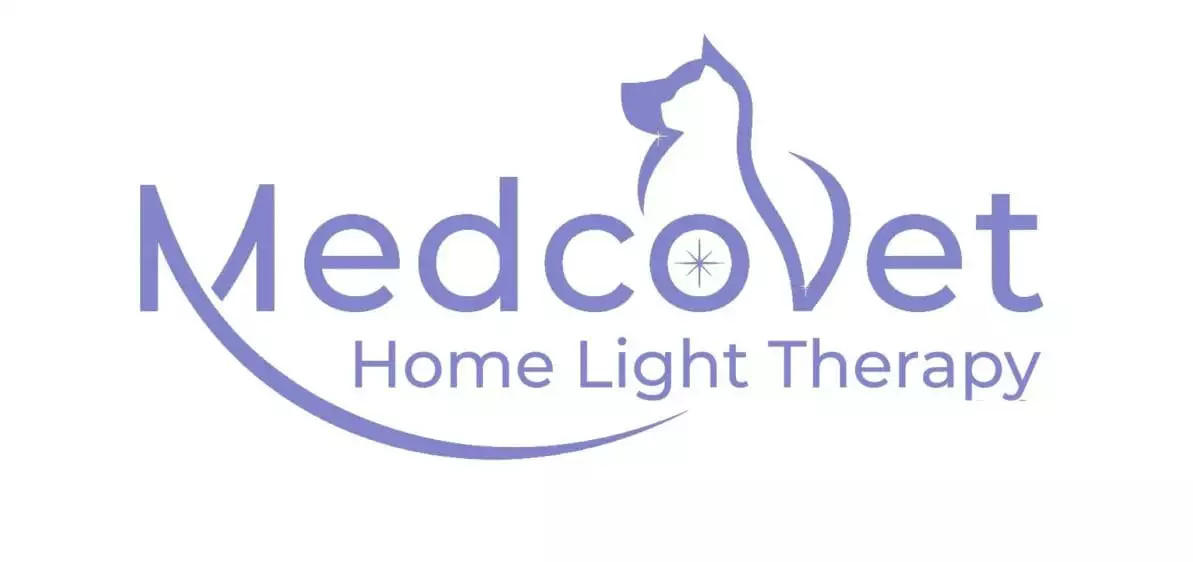Wavelength

Red and Near Infrared (NIR) are the only two wavelengths that have shown efficacy. The Luma uses both a red laser (635nM) and a NIR laser (808nM). Research has established that these two wavelengths work together more effectively than each separately. The prevailing theoretical bases for these observations is that an important chromophore (cytochrome c oxidase) has absorption peaks in the red region and also in the NIR region. These three papers have shown that the combination of red and NIR is better than single wavelengths.
For more information about our wavelength research, read the PubMEd.gov content below.
Coherence
The Luma uses the latest advances in laser technology. Early PBM research speculated that there was something special about coherent light. This speculation may have been an artifact of the available technology at the time (1960s). The only available technology of time that could produce the required power density also produced coherent light. Recent studies have shown that coherence has a very limited role in efficacy. This relaxation of coherence requirement, and new laser technology (semiconductor lasers) has greatly reduced the size, cost and complexity of PBM devices, and is primarily responsible for the home laser revolution.
For more information about our coherence research, read the PubMEd.gov content below.

Power Density

Early lasers struggled to produce light powerful enough to achieve efficacy. As technology improved,, PBM laser manufactures introduced more and more powerful laser systems under the assumption that more power was always better. However, research has shown that at certain power levels, the additional power does not improve efficacy, and is likely causing cell inhibition. The Luma uses an ideal power density range of 50-75mW/cm2. This power density will allow a dose of 10-20 J/cm2 to be delivered in less than 5 minutes, which is helpful for animals, who do not tend to sit still in the same manner as humans. Learn more here.
Pulsing vs. CW
There are two methods of modulating a laser: pulsed and continuous wave (CW). Research has shown that pulsed laser are more effective than CW lasers for certain conditions. The prevailing theoretical bases for these observations is that the higher peak power density obtained with pulsed lasers will allow somewhat deeper penetration of the light into the tissue and there is a biological resonance phenomenon, whereby the on-off delivery of energy can match the rate of some biological processes, such as the opening of ion channels. Continue to learn more.

Penetration Through Fur

Unlike humans, animals have fur that will block light penetration by a combination of absorption and scattering. The Luma uses a patented comb delivery head that has been designed to part the hair, and allow the light to penetrate to the surface of the skin. This design has been shown to increase efficacy.
For more information about our penetration research, read the PubMEd.gov content below.
Conditions to be treated
Unlike humans, animals have fur that will block light penetration by a combination of absorption and scattering. The Luma uses a patented comb delivery head that has been designed to part the hair, and allow the light to penetrate to the surface of the skin. This design has been shown to increase efficacy.
For more information about our penetration research, read the PubMEd.gov content below.
Low level laser therapy for osteoarthritis and rheumatoid arthritis: a metaanalysis.


